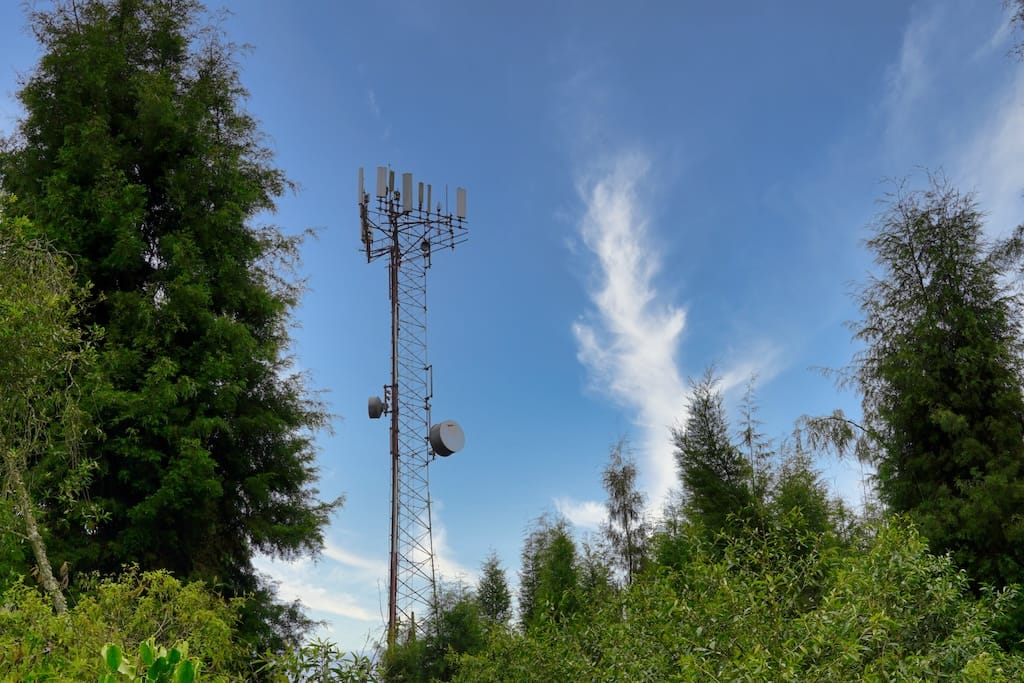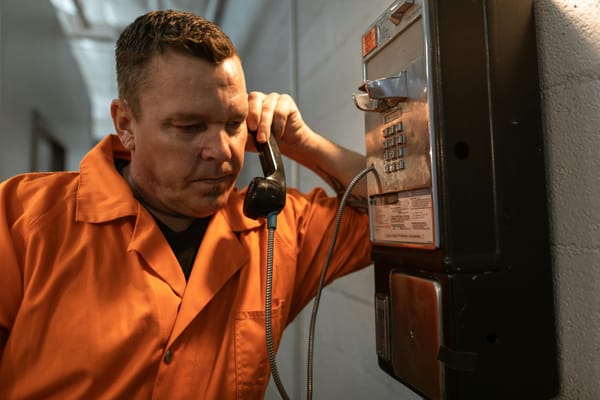NTIA Adopts Environmental Exemptions for BEAD Projects
It's the latest in the agency's effort to streamline permitting for the program.

WASHINGTON, April 2, 2024 – The National Telecommunications and Information Administration announced on Monday it will adopt 36 environmental exemptions for projects funded by its $42.5-billion broadband expansions program.
The agency is taking up 30 new “categorical exclusions” – activities that will not require the typical environmental assessments or impact statements under the National Environmental Policy Act – and adopting six more that are already in place for the FirstNet Authority. Those are in addition to the nine exclusions the agency has kept in place since 2009.

Participants in the $42.5-billion Broadband Equity, Access and Deployment program will not have to conduct those detailed environment assessments for laying aerial or underground cables, installing or upgrading most wireless towers, conducting outdoor research, building or upgrading some support facilities, and more administrative and deployment work.
“Broadband deployment projects generally have limited potential for significant environmental impacts, and NTIA’s substantial record of related NEPA reviews supports expanding the list of actions categorically excluded from detailed environmental review,” the NTIA said in a statement.
NEPA generally governs how federal agencies must consider environmental impacts of their actions, including funding infrastructure projects. The White House’s Council on Environmental Quality, set up by NEPA to implement the law and ensure compliance, gave NTIA the greenlight on its proposed categorical exclusions in March, the agency said.
In certain “extraordinary circumstances” a project activity could be disqualified from using a categorical exemption and would require more detailed environmental analysis. Those can include projects affecting endangered species, near hazardous waste sites, or that may cause other “significant effects” on the health of communities or the environment.

The announcement is part of a broader effort to smooth over the often onerous permitting process ahead of the broadband deployment projects funded by BEAD.
Last week, the agency released a public mapping tool for providers to get a quick sense of permitting and environmental requirements like railroads and protected wetlands in certain areas. The previous week, the Advisory Council on Historic Preservation amended its permitting rules, at the NTIA’s request, to apply to BEAD projects and create a unified standard.
BEAD projects are likely years away from breaking ground, as the agency is still in the process of reviewing and approving state proposals for implementing the program and states are ground-truthing broadband coverage data, but NTIA is not the only one preparing for them now. The Federal Communications Commission stood up an internal task force in November to resolve disputes between utility pole owners and broadband providers looking to attach equipment, an effort to speed up deployments.
NTIA head Alan Davidson has said the Commerce agency is working with other federal agencies to streamline permitting in preparation for BEAD.
“This is a big issue that we know is coming in 2025 and 2026,” he told lawmakers at a house oversight hearing in December.











